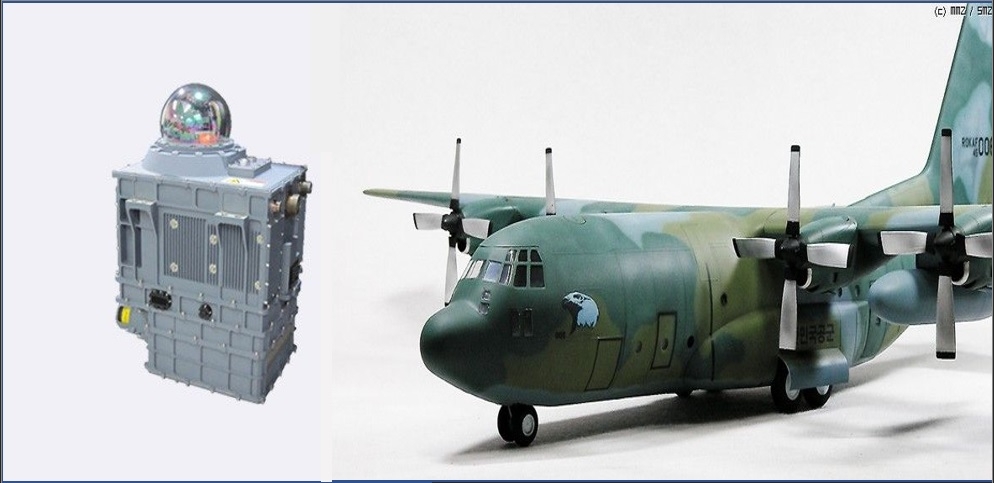Saab to Supply MAW 400 Sensors to Hanwha Systems for ROKAF C-130H Transport Aircrafts
Saab's presence in South Korea is growing. The business has been awarded a contract to deliver its cutting-edge MAW 400 sensors for integration into the self-protection system of Hanwha Systems.

Saab will deliver MAW 400 sensors as part of the deal for the upgrading of the ROKAF's C-130 transport aircraft. The cutting-edge sensors will be incorporated into Hanwha's Direct Infrared Countermeasures (DIRCM) self-protection system, considerably enhancing the aircraft's overall capabilities.
The deal stems from Saab's assistance in Hanwha's DIRCM development. According to corporate executives, the recent order was prompted by the program's success.
The MAW 400 sensors are the most advanced in ultraviolet missile approach warning technology. They provide higher threat detection and situational awareness because to their expanded data processing capabilities, networking capability, and improved sensor sensitivity.
"We are pleased to collaborate with Hanwha Systems, one of Korea's leading defence firms." This deal enhances our position in the Korean market for electronic warfare. "We hope to extend this collaboration to the Korean and global markets in the future," stated Frans Vermaak, Business Development and Marketing Executive at Saab.
Saab will offer complete engineering assistance and training in-country as part of the contract to enable smooth integration with the rest of the system.'
The DIRCM's initial operational test and evaluation phase took place in 2020-21. South Korea's Agency for Defence Development (ADD) reported the successful test of Hanwha System's DIRCM system for military aircraft self-protection in January of last year.
The testing, according to the CIA, verified that the system's response time to deflect close range MANPADS attacks had significantly improved. When a missile warning receiver (MWR) senses an oncoming danger, the DIRCM fires a laser beam that 'blinds' missiles, preventing the aircraft from being attacked.
The airborne survival system enhances aircraft survivability by employing high-speed, precise tracking and laser-based jamming against portable infrared guided missile attacks, generally known as man-portable air-defence systems (MANPADS). The DIRCM is compact, light, and features a single mould construction. It can analyse infrared picture signals in real time, allowing for rapid recognition and tracking. The device also includes a high accuracy stabilizing mechanism for effective jamming laser transmission.
Product Lines on Display:
Saab will be promoting GlobalEye, its multi-domain Airborne Early Warning & Control (AEW&C) solution, as well as electronic warfare solutions, the Giraffe 1X compact high-performance lightweight 3D radar, ground combat systems such as the Carl-Gustaf M4, AT4, and NLAW, and the AUV62-AT anti-submarine warfare training system, at the event. Training and simulation services are also mentioned.
"As a company we are thrilled to demonstrate our wide portfolio of cutting-edge technologies and solutions at Seoul ADEX 2023 in Korea, which is a key market for Saab," stated Henrik Lönn, CEO of Saab Korea.
GlobalEye, according to business executives, is the most sophisticated and powerful aerial surveillance technology on the market. It allows long-range early detection and identification of objects in the air, at sea, and over land from a single platform using a combination of current active and passive sensors. GlobalEye allows better situational awareness of surrounding areas and early identification of threats by giving real-time information to units in air forces, armies, and navies. It can also be used for non-military purposes, such as commanding and organizing rescue activities after natural catastrophes or big accidents on land or at sea.
Saab stated in April of this year that its fourth GlobalEye had successfully completed its first flight. The firm has the world's biggest AEW&C client base, having provided systems for different mission roles across the Americas, Europe, the Middle East, and Asia over the previous three decades.


